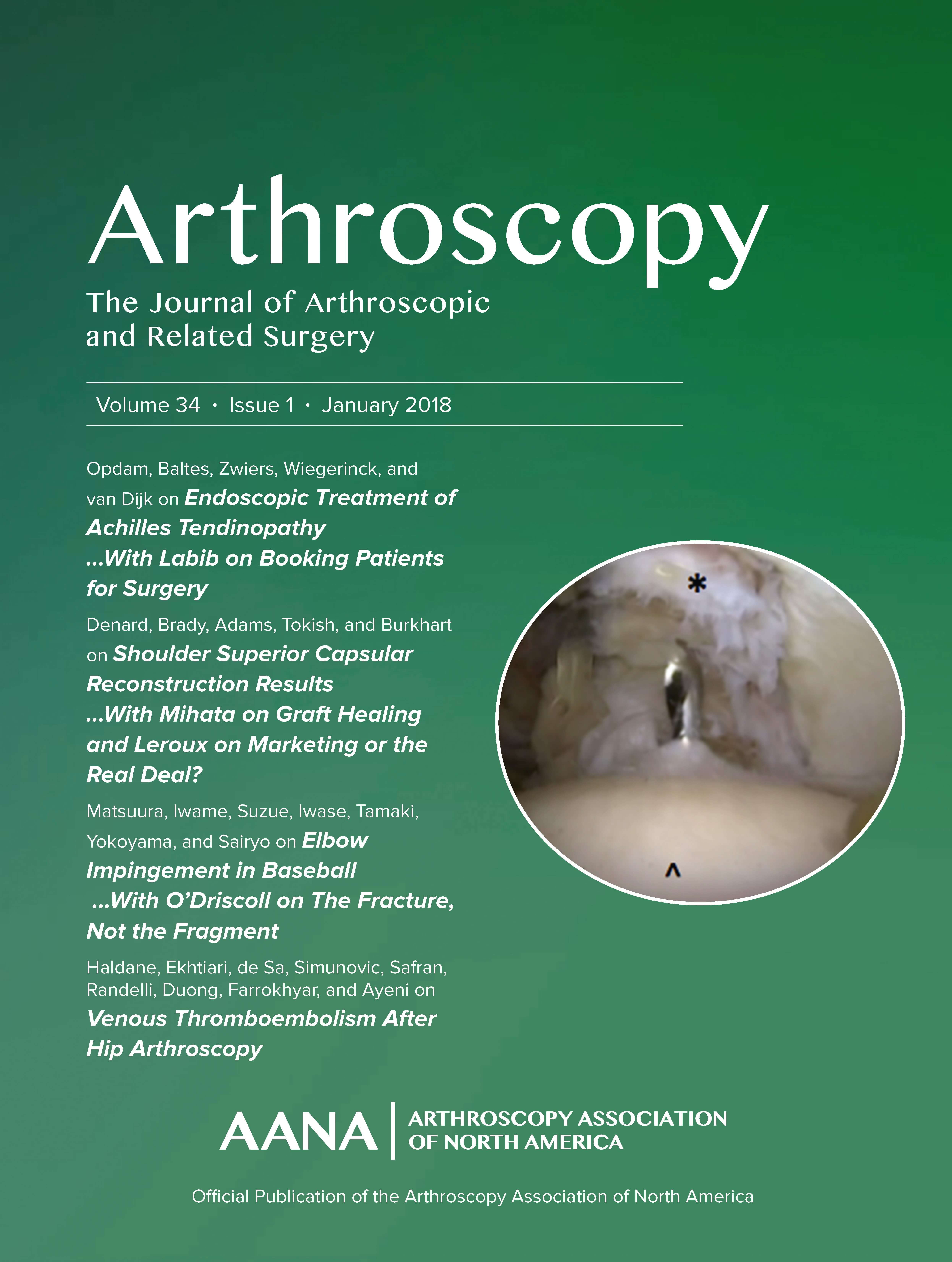
Comparison of different bundle types for anterior cruciate ligament reconstruction

Comparison of different bundle types for anterior cruciate ligament reconstruction
Comparison of the Clinical Outcome of Double-Bundle, Anteromedial Single-Bundle, and Posterolateral Single-Bundle Anterior Cruciate Ligament Reconstruction Using Hamstring Tendon Graft With Minimum 2-Year Follow-up
Arthroscopy; 2011; 27:906-913Did you know you're eligible to earn 0.5 CME credits for reading this report? Click Here
Synopsis
60 patients with anterior cruciate ligament (ACL) ruptures were randomized to receive repair based upon theanteromedial bundle (AM), posterolateral bundle (PL), or double bundle (DB) reconstruction. The results of this study indicated that there were no differences in the Lysholm scores or Tegner scores between all three groups. However, patients who received DB reconstruction had significantly gr...
To view the full content, login to your account,
or start your 30-day FREE Trial today.
FREE TRIAL
LOGIN
Forgot Password?
Explore some of our unlocked ACE Reports below!

Learn about our AI Driven
High Impact Search Feature
Our AI driven High Impact metric calculates the impact an article will have by considering both the publishing journal and the content of the article itself. Built using the latest advances in natural language processing, OE High Impact predicts an article’s future number of citations better than impact factor alone.
Continue



 LOGIN
LOGIN

Join the Conversation
Please Login or Join to leave comments.